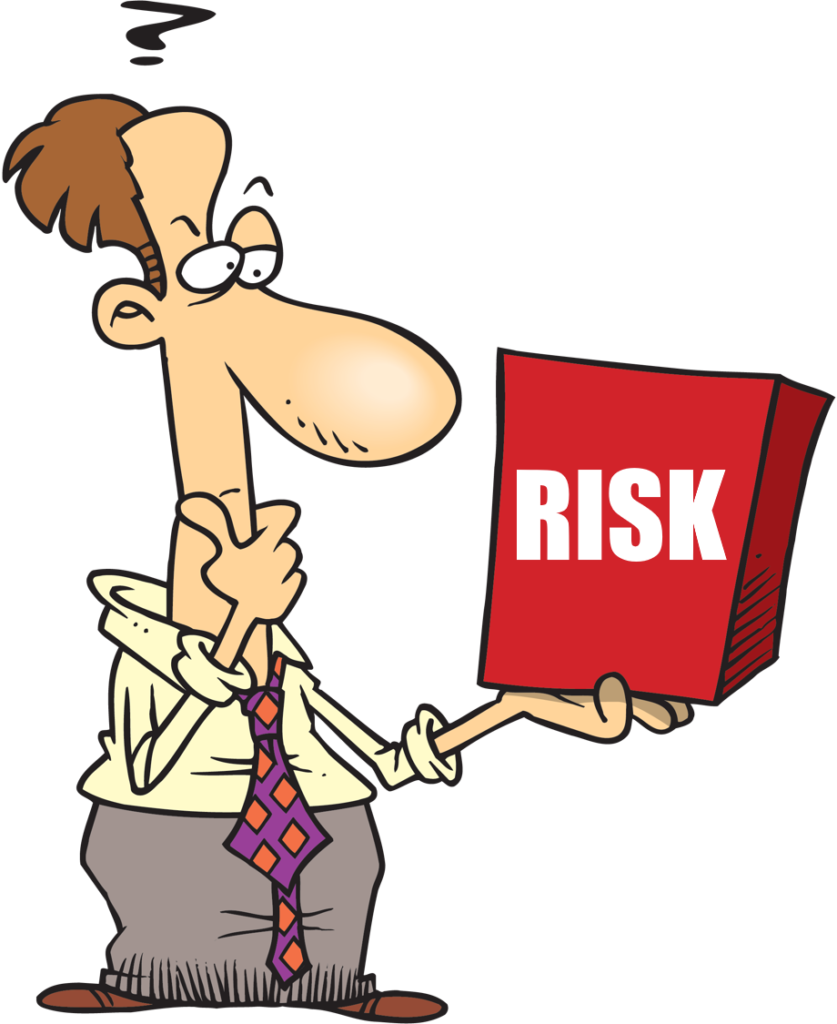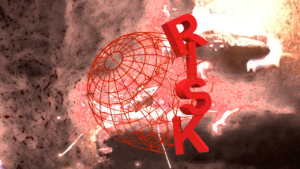Traditionally, the end of the calendar year is a time for reflection about past events and for contemplating about the year ahead. Risk management professionals have a lot to think about this year. Thompson Brockmann, a partner at Tompkins International, insists one of the worst things that can happen to risk managers is suffering from a case of supply chain disruption amnesia.[1] He explains, “Terms [like] ‘Disaster Amnesia’ or ‘Hazard Amnesia’ [were] used by those in emergency management as a warning both going into this year’s hurricane season and as a reminder that we need to be better prepared in the future. The same can be said about major supply chain disruptions. Have today’s supply chain professionals truly learned from the disruptions in the past and are they prepared for the disruptions that are ahead, or are we suffering from ‘Supply Chain Disruption Amnesia’?” He continues:
“As we move into the 2017 Holiday season, this is also the time when supply chain thought leaders and subject matter experts give the omen that we are at risk for major supply chain disruptions. Too often these messages are hyped up, creating a problem when trying to make today’s supply chain leaders take these warnings seriously and not becoming too desensitized to them. The benefits of these omens outweigh the costs. We need to remove the amnesia of these past disruptions to determine how to prepare and react to the future disruptions that are bound to happen.”
What else should risk management professionals reflect on and contemplate?
Updating Risk Management Plans
Michael Wilson, Afflink’s Vice President of Marketing and Communications, recommends dusting off your company’s contingency plan to see how events of this past year might require it to be updated.[2] The first thing he recommends you do is take both a short- and long-term view about how disruptions might affect your business. “One of the most important adjustments that must be made to your supply chain risk management plan,” he writes, “involves opportunities to not only look at the short-term effects of certain disasters, but the long-term ramifications as well. … Thinking about the immediate effect of a disaster in terms of risk management will always be important — but never forget that the story playing out doesn’t stop just because the rain does the same. Only by taking both a macro and a micro look at every possibility will you put yourself and your organization in the most agile position possible to accurately respond.”
A second recommendation Wilson makes is to consider with whom your company might collaborate to strengthen your contingency plan. “One of the biggest mistakes that most organizations make in the first place,” he insists, “[is] creating your response plan in a vacuum. … When a single business attempts to prepare a risk management plan on their own without contacting anyone else, there are far too many variables at play. Each firm’s risk tolerance will vary wildly from the next. Without this information, how can you ever hope to develop the complete plan you need. The answer is simple: you can’t.” Whenever I hear that a large number of variables are in play, I instinctively conclude a cognitive computing platform needs to be involved. Cognitive computing systems can gather, integrate, and analyze data (both structured and unstructured) from myriad sources and discover important supply chain relationships. Just as importantly, these systems can be programmed to respond autonomously in some time-sensitive situations. For other situations, they can provide actionable insights to decision-makers.
Wilson’s final suggestion is to invest some quality time figuring out what questions need answering during a crisis and what data is required to answer those questions. “Perhaps the most important consideration to make in terms of supply chain risk management,” he explains, “is a factor that can either be your best friend or your worst enemy depending on the situation: time. Part of your success in terms of overcoming disruption will rest in the valuable data that you have access to in the moment. In order to get to that data and those insights as quickly as possible, you need to know precisely the right questions to answer when assessing any given situation.”
Making Risk Management a Competitive Advantage
Poorly planned and executed contingency plans can be a major setback for any company. On the other hand, Toby Brzoznowski, co-founder and executive vice president of LLamasoft, insists, “Resilience can truly become a competitive advantage when done right.”[3] Brzoznowski asserts resilience means dealing with two different challenges: response to adverse situations (i.e., reaction) and recovery efforts (i.e., mitigation). Concerning adversity, he writes, “Adversity to supply chain people is unfortunately an every day occurrence that comes in all shapes and sizes. The most cited examples of supply chain adversity are typically natural disasters such as hurricanes, floods, fires or earthquakes. But this is only one form of adversity. Other examples include labor strikes, fuel cost fluctuations, changing trade regulations and consumer buying preferences. Companies sometimes even cause their own adversity, like acquiring competitors, rapidly launching new products, adding major increases in SKU counts, or offering same day delivery. Every example given introduces adversity for which supply chain people must respond and overcome.” Some of those examples aren’t covered in typical contingency plans; nevertheless, they deserve attention.
Concerning recovery efforts, Brzoznowski writes, “Recovering readily to supply chain people means that when faced with any of the previously listed challenges, the speed at which you can get back to your original state of operations, or if the original state of operations is not possible, the speed at which you can implement an alternative state of operations that allows you to achieve your customer service objectives within a sustainable cost structure.” No company, he concludes, is going to be perfectly resilient; but, companies reacting better than their competitors gain an advantage. In order to gain that advantage, they need to make the best possible decisions and that means leveraging data and cognitive computing. He explains:
“Leading companies build digital models of their end-to-end supply chain to help them evaluate the financial and service impact of different types of disruptions, and these models help them quantify and prioritize the risks that are worth mitigation investment. These models also serve another valuable purpose, and that is to enable more rapid reaction to those events for which you cannot plan or mitigate. Reactive resilience means that your company has the ability to respond quickly and comprehensively in the event of a disruption. This requires integration of disparate data sources to allow visibility into the daily operations, and the ability to quickly access that data to model and test alternative network strategies and identify the action plan that will best achieve the supply chain objectives.”
The more complex your supply chain, the more important it becomes to have an analytic platform that can handle complexity.
Summary
Businesses are generally built on a foundation of people, processes, and technology. Brzoznowski insists all three of these areas need to be involved in a world-class risk management system. “No matter the quality and processing power of a company’s IT system,” he explains, “as supply chain disruptions and are often unexpected and random, resilience will never be achieved without the active participation of people to assess the situation, analyze the options, and ultimately decide upon and implement an appropriate response. This means that resilience is a competency only achieved when you have properly trained the people, organized the processes, and tuned the technology.” Looking back, how did your people, your processes, and your technology deal with past disruptions? If responses were perfect, you have a few things to contemplate going forward.
Footnotes
[1] Thompson Brockmann, “‘Supply Chain Disruption Amnesia’ – Don’t Forget the Disasters of the Past,” Tompkins International, 2017.
[2] Michael Wilson, “Supply Chain Risk Management: It’s Time to Update Your Contingency Plan,” Afflink, 25 October 2017.
[3] Toby Brzoznowski, “Demystifying Supply Chain Resilience,” Supply & Demand Chain Executive, 17 October 2017.





